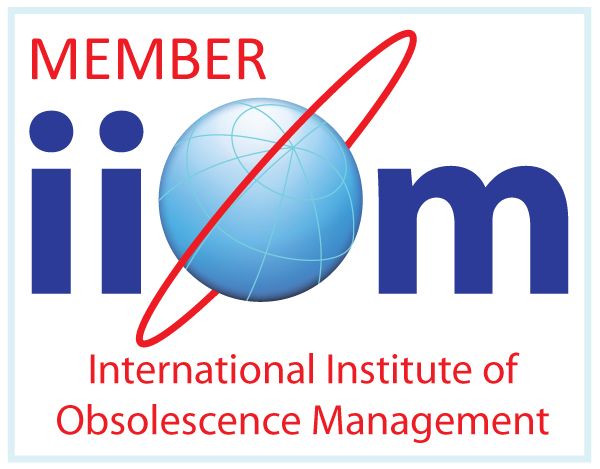MIL-STD components are designed to endure harsh conditions and long service lives but keeping them operational over decades is never straightforward. Many military-grade parts are based on commercial products, ruggedised or qualified for defence use. When those commercial lines are retired, teams face real challenges maintaining long-life platforms.
A Look Back: The 1980s
In the 1980s, defence systems relied primarily on purpose-built components. Commercial parts were used sparingly, and lifecycles were longer, so replacement components were generally available for decades. Commercial off-the-shelf (COTS) parts were less reliable for military applications, designed for consumer or industrial use rather than combat environments. Teams often had to screen, ruggedise, and qualify these components to meet MIL-STD requirements and even then, long-term reliability could be uncertain. Back then, the commercial market wasn’t the driver. Defence programmes largely dictated requirements, and teams could plan with confidence for long-term availability.
Fast Forward: Today’s Reality
Modern defence designs rely more heavily on commercial components. Advances in manufacturing and quality control mean today’s COTS parts are far more reliable than their 1980s counterparts. Properly screened and qualified, these components can meet or even exceed military performance requirements.
The trade-off, however, is lifecycle. Commercial components are refreshed every few years, while defence platforms are expected to remain in service for decades. Even when replacements exist, MIL-STD testing (thermal, vibration, and EMC) is often required. Connectors, displays, and passive components follow commercial trends, adding further complexity. Scarcity also increases the risk of counterfeit components entering the supply chain.
The Role of Obsolescence Management Best Practice
Successfully navigating these challenges requires a structured approach. The International Institute of Obsolescence Management (IIOM) provides a global forum for professionals to share knowledge and promote best practice. Following recognised guidance helps organisations identify at-risk components early, plan for replacements, and maintain system readiness across long-life fleets.
Practical Strategies
Proactive obsolescence management is the backbone of keeping long-life platforms operational but sometimes there’s no option but to react. Using adapters and interposers to bridge gaps between old and new ensures backwards compatibility. Maintaining up-to-date schematics, drawings, and documentation is critical to ensuring continued.
Treating lifecycle planning as an essential, ongoing activity, while staying ready to respond quickly when surprises occur, is what keeps fleets mission-ready for decades.
Takeaway
MIL-STD ensures components can survive harsh environments, but it doesn’t make them immortal. Long-life defence platforms remain operational because teams anticipate obsolescence, plan proactively, and apply practical solutions to mitigate the problem.
Our Obsolescence Surgery is always open for diagnosis or triage, we here to help you navigate the world of obsolescence mitigation, put us to the test!









